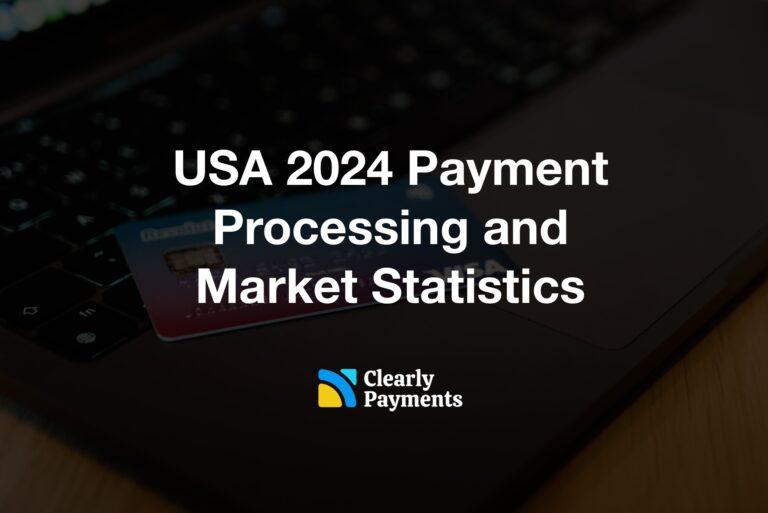In the payments industry, understanding and effectively measuring performance are crucial for businesses to stay competitive and meet customer demands. Metrics and Key Performance Indicators (KPIs) play vital roles in this process, offering valuable insights into various aspects of operations. However, it’s essential to distinguish between the two and recognize their respective significance within the payments ecosystem.
This article gives an overview of metrics compared to key performance indicators (KPIs) related to the payments industry.
Metrics: Painting a Comprehensive Picture
Metrics in the payments industry encompass a wide array of data points and measurements that provide a comprehensive view of business operations. These metrics can span across different functional areas, including transaction volume, processing times, customer satisfaction scores, fraud rates, and many more. They serve as the foundation for assessing the overall health and performance of a payments business.
For instance, transaction volume metrics offer insights into the volume of transactions processed within a specific timeframe, reflecting the business’s operational capacity and market demand. Similarly, customer satisfaction metrics gauge the level of satisfaction among users, indicating the effectiveness of service delivery and customer support initiatives.
Metrics are valuable tools for monitoring trends, identifying areas for improvement, and making data-driven decisions. By analyzing various metrics, payments businesses can gain a deeper understanding of their strengths and weaknesses, optimize processes, and enhance overall performance.
Key Performance Indicators (KPIs): Driving Strategic Objectives
While metrics provide a broad view of performance, KPIs are a subset of metrics specifically selected to align with strategic goals and objectives. In the payments industry, KPIs are pivotal in measuring progress toward achieving key business objectives and driving actions that support the organization’s overall strategy.
Unlike general metrics, KPIs are carefully chosen based on their direct relevance to the company’s strategic priorities. These indicators are typically a smaller set of highly critical metrics that reflect the organization’s performance in key areas such as revenue growth, customer acquisition and retention, operational efficiency, and risk management.
For example, a payment service provider may define KPIs such as the average revenue per user (ARPU) to monitor revenue generation effectiveness, customer acquisition cost (CAC) to evaluate marketing efficiency, and transaction success rate to measure operational reliability.
- ARPU (Average Revenue Per User)
- CAC (Customer Acquisition Cost)
- Customer Retention
By focusing on KPIs, payments businesses can align their efforts with strategic objectives, track progress, and prioritize actions that drive sustainable growth and competitive advantage.
Selecting the Right Metrics and KPIs
In the payments industry, selecting the right metrics and KPIs requires careful consideration of various factors, including industry trends, business objectives, customer needs, and regulatory requirements.
When choosing metrics, payments businesses should prioritize those that provide actionable insights and align with key business drivers. Many of the top metrics will be similar to the top payment metrics and KPIs for merchants. It’s essential to strike a balance between quantitative and qualitative metrics to gain a holistic understanding of performance.
Similarly, defining effective KPIs involves identifying specific, measurable, achievable, relevant, and time-bound indicators that directly contribute to strategic objectives. Collaborating with key stakeholders, including executives, product managers, and operations teams, can ensure alignment between KPIs and overarching business goals.
Top 10 Metrics for Payment Processors
The top metrics for payment processors can vary depending on the specific goals and objectives of the business, but generally, the following are considered important:
Transaction Volume: The total number of transactions processed through the payment processor. This metric indicates the scale of operations.
Transaction Value: The total monetary value of transactions processed through the payment processor. This metric reflects the financial significance of the processed transactions.
Transaction Success Rate: The percentage of transactions that are successfully processed without any errors or issues. This metric is crucial for assessing the reliability and efficiency of the payment processing system.
Authorization Rate: The percentage of transactions that are successfully authorized by the issuing bank or financial institution. A high authorization rate indicates a healthy relationship between the payment processor and the banking network.
Chargeback Rate: The percentage of transactions that result in chargebacks, which occur when a customer disputes a transaction and the funds are returned to the customer. A high chargeback rate can indicate potential issues with fraud or customer dissatisfaction.
Processing Fees: The total fees charged by the payment processor for processing transactions. Monitoring this metric is essential for evaluating the cost-effectiveness of using a particular payment processor.
Settlement Time: The time it takes for funds from processed transactions to be settled and deposited into the merchant’s account. A shorter settlement time is generally preferred as it improves cash flow for the merchant.
Customer Satisfaction: Feedback and ratings from merchants and customers regarding their experience with the payment processor. High customer satisfaction indicates a reliable and user-friendly payment processing service.
Security and Compliance Metrics: Metrics related to security measures and compliance with industry standards and regulations (such as PCI DSS compliance). Ensuring robust security measures protect sensitive payment data and maintain regulatory compliance.
Downtime and Reliability: Metrics related to system uptime and reliability, including downtime incidents and response times for resolving issues. A reliable payment processor minimizes disruptions to business operations.
Final Thoughts on Payment Metrics and KPIs
In the payments industry, metrics and KPIs serve as invaluable tools for assessing performance, driving strategic decisions, and achieving business objectives. While metrics offer a comprehensive view of operations, KPIs focus on critical indicators that directly impact strategic goals.
By leveraging a combination of metrics and KPIs, payments businesses can gain deeper insights into their performance, identify areas for improvement, and drive actions that drive sustainable growth and success in an increasingly competitive marketplace.




